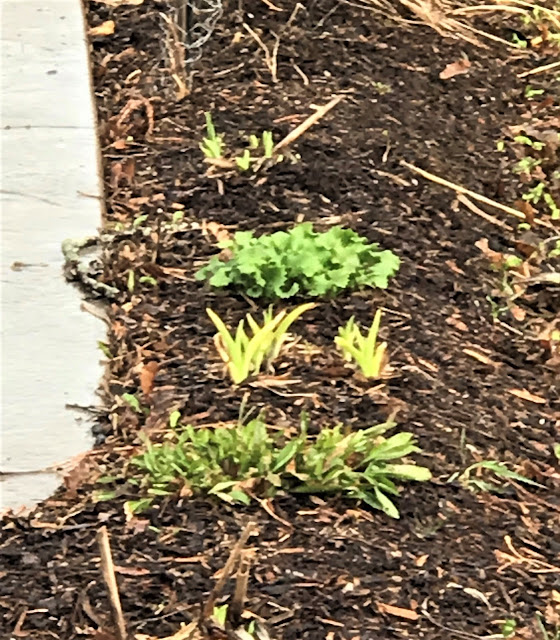We always used to laugh at the couples out for a Sunday afternoon drive, just moseying about the countryside, slowing down traffic. Now we're one of them and on a warm sunny day like last Sunday, it was wonderful! We went in search of cranes, frogs calling, and Skunk Cabbage. We found two of the three.
The first thing we stopped for was a pair of very blue Tree Swallows who have obviously claimed this nesting box. Driving by you can easily mistake the flash of blue for Eastern Bluebirds.
A little further on we stopped to photograph these Pussy Willows, always a welcome sign of spring.
And off in the distance to the east there was still snow on some of the runs at Georgian Peaks, the north-westerly most ski club on Blue Mountain.
We ended up stopping and taking a good look at the large Red Price apple orchard just west of Clarksburg, noticing especially the large bulge at the rootstock grafts near the ground. It makes quite a pattern looking through this very high density orchard.
So I got online today and started researching apple rootstocks and grafting. It's a fair bit more complicated than I realized. Apples are generally not grown from seed, because they won't be 'true-to-type'. So to get an orchard of Red Prince you need to choose a rootstock and graft a 'scion' or healthy Red Prince twig onto the rootstock of every tree. The scion determines the apple type.
The rootstock determines the relative size of the tree, from dwarf to standard. They need to be held up by trellising, especially once they are laden down with fruit. The bulge is the location of the graft. I've looked to find out why the bulges here are so prominent, but the only thing I can come up with is that there are still several types of rootstock among dwarf trees bred for resistance to cold, fire blight, insects and disease, and woolly apple aphid.
Most breeding and research comes from universities or agricultural research stations like Cornell in New York, or Malling in England.. In our case the Vineland Research Station of the Ontario Ministry of Agriculture and Food is important. Dwarf trees do tend to fruit earlier, after only 2 or 3 years, but research has not determined exactly why this is.
We carried on down to the Epping Road through the Beaver Valley swamp, a place where we hoped we'd hear frogs calling. We didn't, but the reflections among the Silver Maples were good for a picture.
Along with some dry seed heads of last year's Queen Anne's Lace. Part 2 tomorrow or the next day.


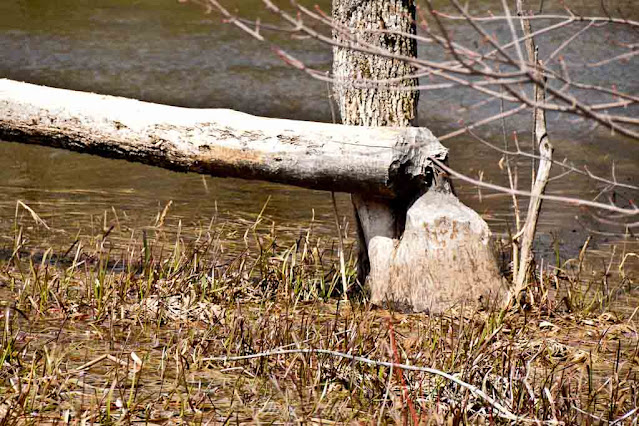



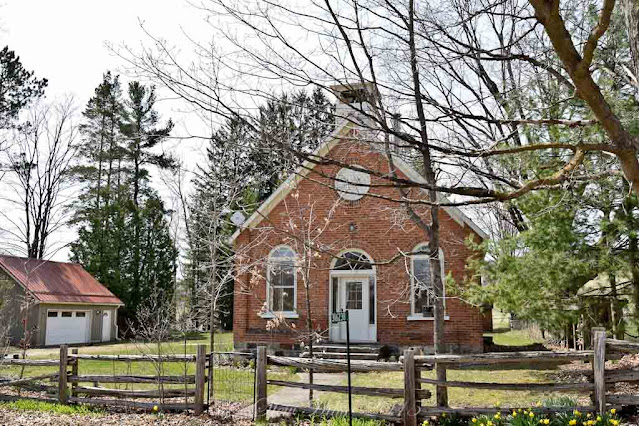

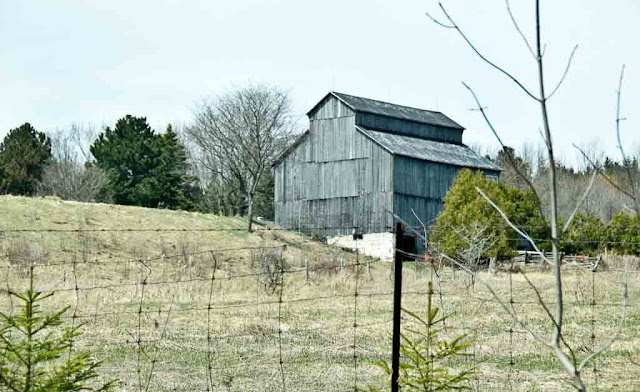



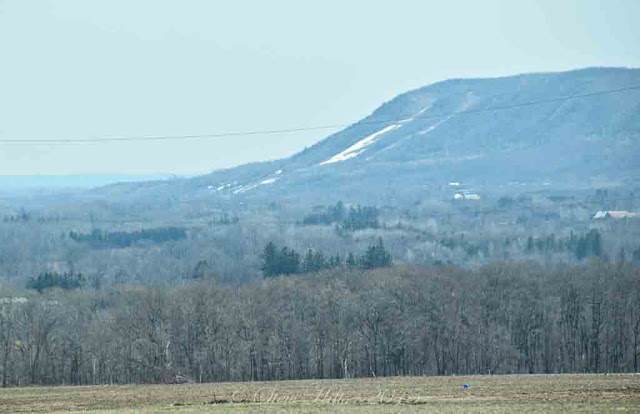









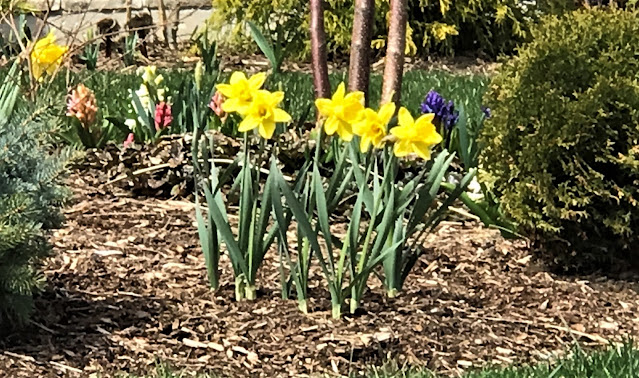


.jpeg)







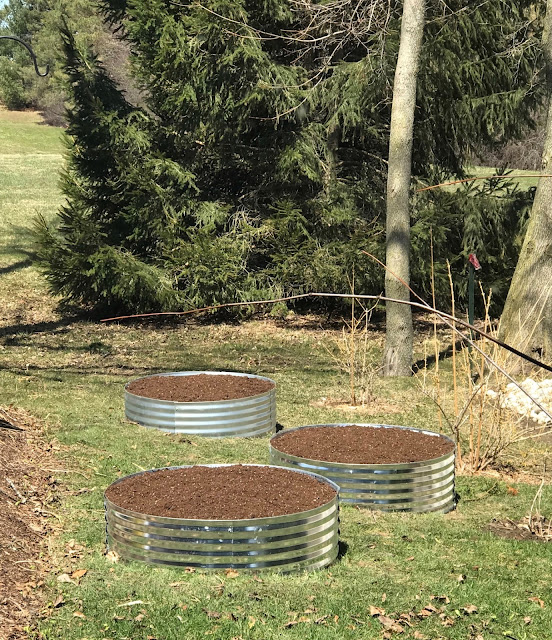



.jpeg)


